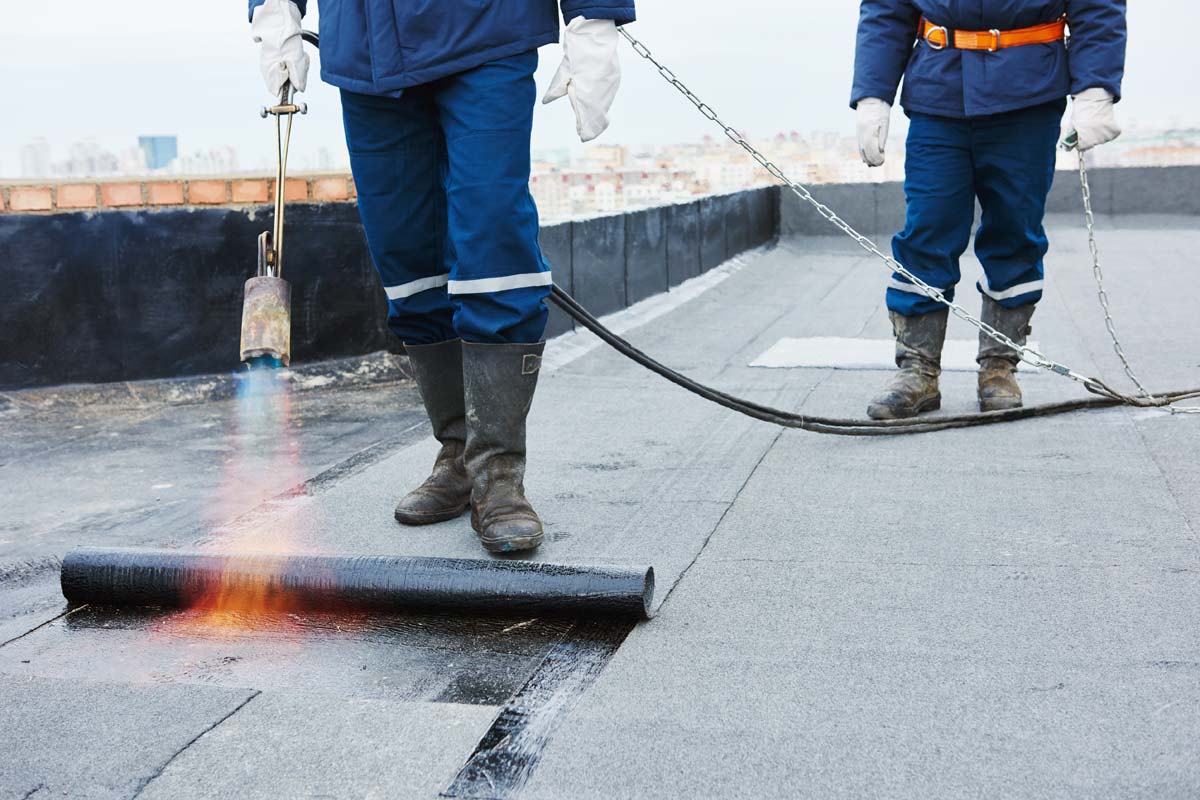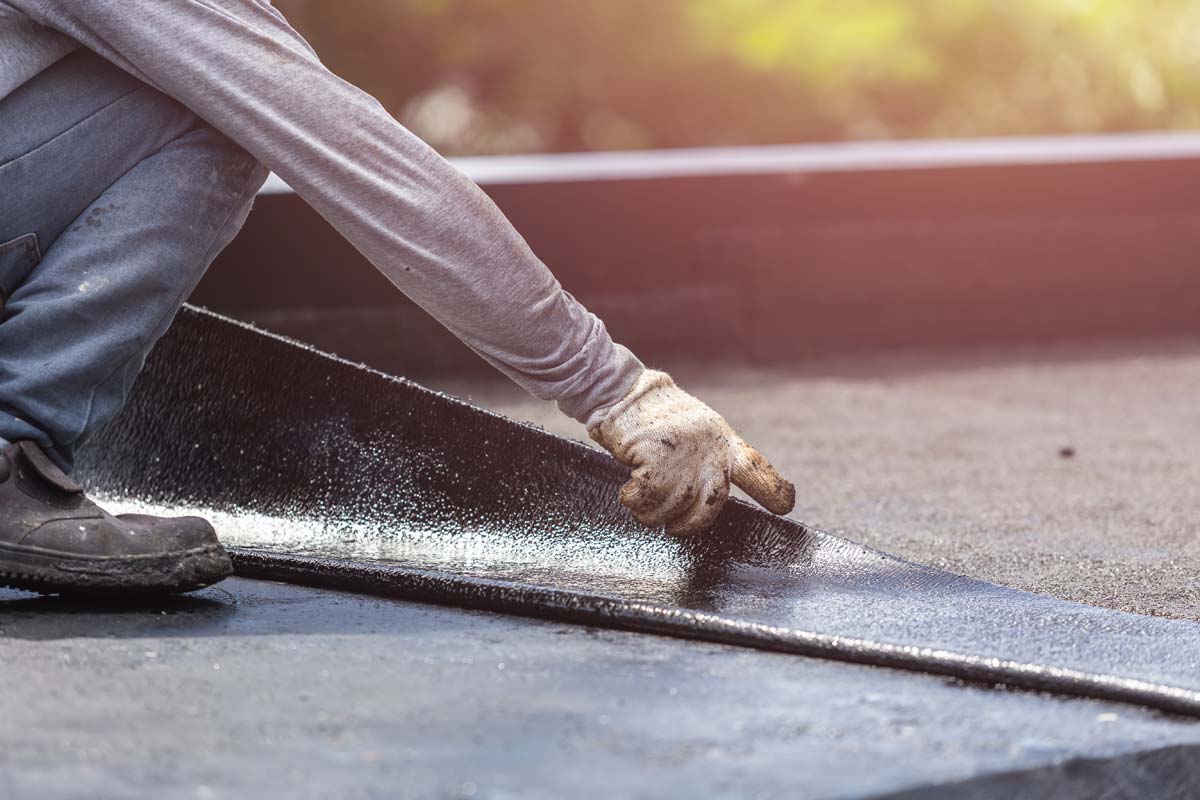
Flat Roof Insulation

A flat roof should preferably be insulated from above. A layer of rigid insulation board can be added either on top of the roof's weatherproof layer or directly on top of the timber roof surface with a new weatherproof layer on top of the insulation. This is best done when the roof covering needs replacing anyway. If your flat roof needs to be replaced anyway, you must now insulate it to comply with building regulations.
It is possible to insulate a flat roof from underneath, but this can lead to condensation problems if not completed correctly. Installing flat roof insulation could save you similar amounts on your heating bills to loft insulation. The savings will vary depending on how much of the property has a flat roof.
What is Underfloor Insulation ?

What is Underfloor Insulation?
Flexible insulation such as fiberglass or sheep’s wool is fixed to the underside of your floor inbetween the joists and held in place with netting.
How can I tell if I have an Underfloor?
If you have a basement or cellar beneath your house then you definitely have a suspended floor that is suitable. If your property is on a slope then it will also likely qualify.
Older homes are most likely to have suspended timber ground floors. Suspended floors are where the floorboards rest over the joists. These floors lose more heat as they are suspended over a void of cold air.
If you have air bricks or ventilation bricks on the outside walls this may be another sign that you have a suspended floor suitable.
It is likely that houses built after the 1980’s will not be eligible for Underfloor Insulation as they usually have solid concrete floors.
Is my house suitable for Underfloor Insulation?
If there is enough of a crawl space under your floors (approx. 1m minimum) we can install under floor insulation between the joists.
You must have an access hatch, and be able to do at least two thirds of the footprint of the house.
Benefits of having Underfloor Insulation installed?
1. Save up to £150 per year on energy bill.
2. Reduce unwanted chilly draughts.
3. Hassle free installation – no mess.
4. Increases floor temperature by around 3 degrees.
An energy efficiency surveyor can visit your property to check under the floor area to check if you have any insulation there, if any. The surveyor will carry out an inspection and inform you of any other issues, such as height restrictions, dampness and any access issues that installers might have during installation.


